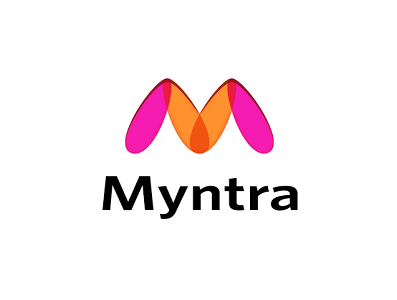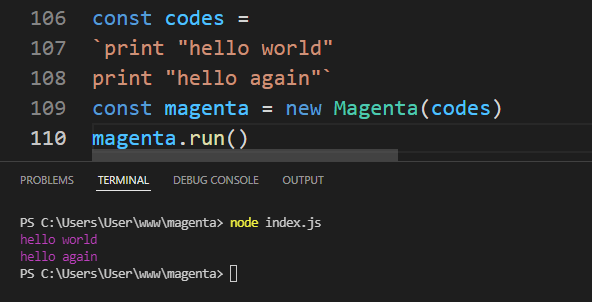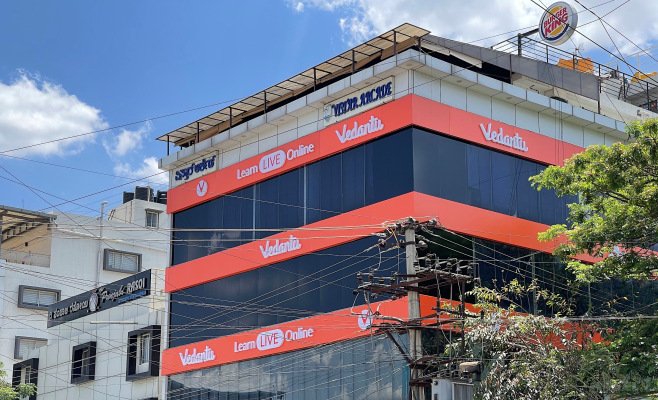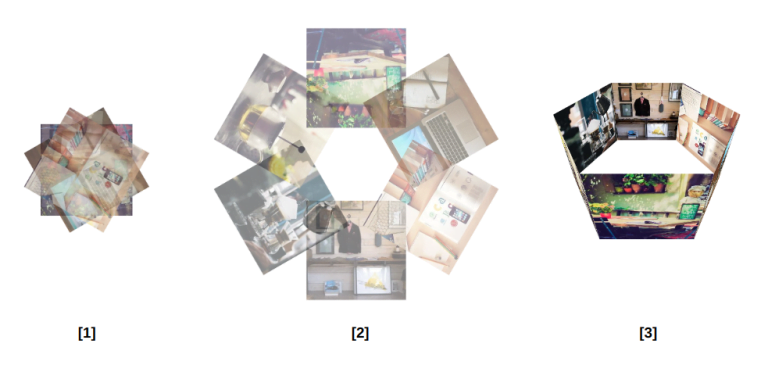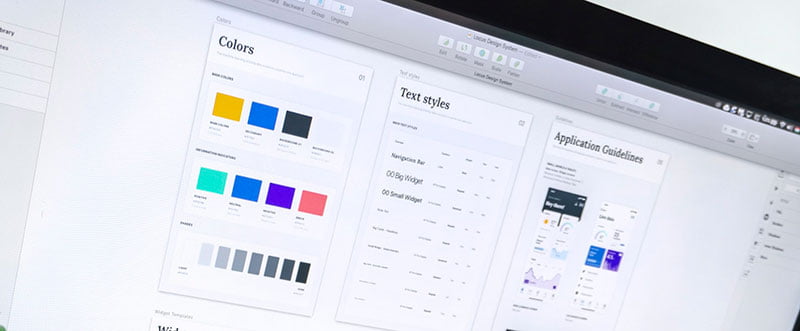
If you are researching different design processes then you definitely need to learn more about iterative design. It does not matter whether you are exploring website development or you are looking to create a new product, iterative design can be a productive, rewarding and successful way to do it.
So, what is iterative design? Well, this is different from most traditional design methods. Say you are creating a product. You and your team are not going to be creating just one version of this and testing it out. Instead, iterative design is about making continuous iterations of a product through rounds of testing. If you want to read in more detail what iterative design is and the process you go through, read the blog post here. The reason a lot of businesses are using the iterative design process is that it is thought to be more cost-effective and lead to a better product. In this guide, we are going to tell you the most important things you need to know about iterative design.
You Can Identify and Solve Issues
When you are designing a product, not everything is going to run smoothly. When you are creating something that is novel and following your vision, you are going to discover some bumps along the road. You have to do your best to resolve them and to achieve the product you set out to create.
One of the best things about iterative design is that you are going to be testing your product all the time. You are not going to get to the final stages and suddenly realise a huge problem exists. With rounds of prototyping, these issues should emerge very quickly. While it can be easy to get disheartened when you run into a problem, you have to be positive. If it was not for iterative design, you would have been at the final stage and realized that issue existed. Now, if you thought you were ready to get your product on the shelves the next week, this would have been a disaster.
With iterative design, you will discover problems early on, which gives you plenty of time to tweak and fix them. This allows for a much more rewarding process and for better efficiency. Fewer redesigns mean fewer headaches, as well as less money spent. Who does not like the sound of that?
Is Iterative Design Really a Cost-Effective Process?
One of the main reasons why businesses want to explore iterative design is because they have heard that it is a more cost-effective process for creating products. But, is there any truth to this statement? Well, it appears that it can be and the design process is able to keep costs down and allow businesses to stick to their budget.
How does iterative design promote financial efficiency? We all know that when you are designing a product, there is the potential to spend and waste a lot of money. This is part of the discovery phase and you want to create the best product possible. Ultimately, redesigns and going back to the drawing board when something does not work is expensive. For a lot of brands, this is money they do not have and they can end up in financial trouble. But, this is where iterative design can help. Since you are going through a lot of rounds of testing and prototypes, it is thought you can avoid major upheaval and total redesigns. Again, you are going to catch problems early before they are catastrophic.
More Testing Means a Better Product
Let’s not forget that every brand wants to create the best products for its customers. This means satisfying their needs and giving them what they want, as well as being user-friendly and easy to operate. Of course, when you are designing a product, this takes a lot of hard work and dedication. It is a difficult process to create products that people love.
But, the feedback from businesses utilising iterative design is positive. They are stating that the process allows for a more user-friendly and successful product at the end. This is probably down to the fact that you are continuously testing the product and coming up with new ways to improve it based on feedback. So, at the end, all of this prototyping is likely to be beneficial. While it may take longer to create the product, the process means you can have a more successful one at the end.

